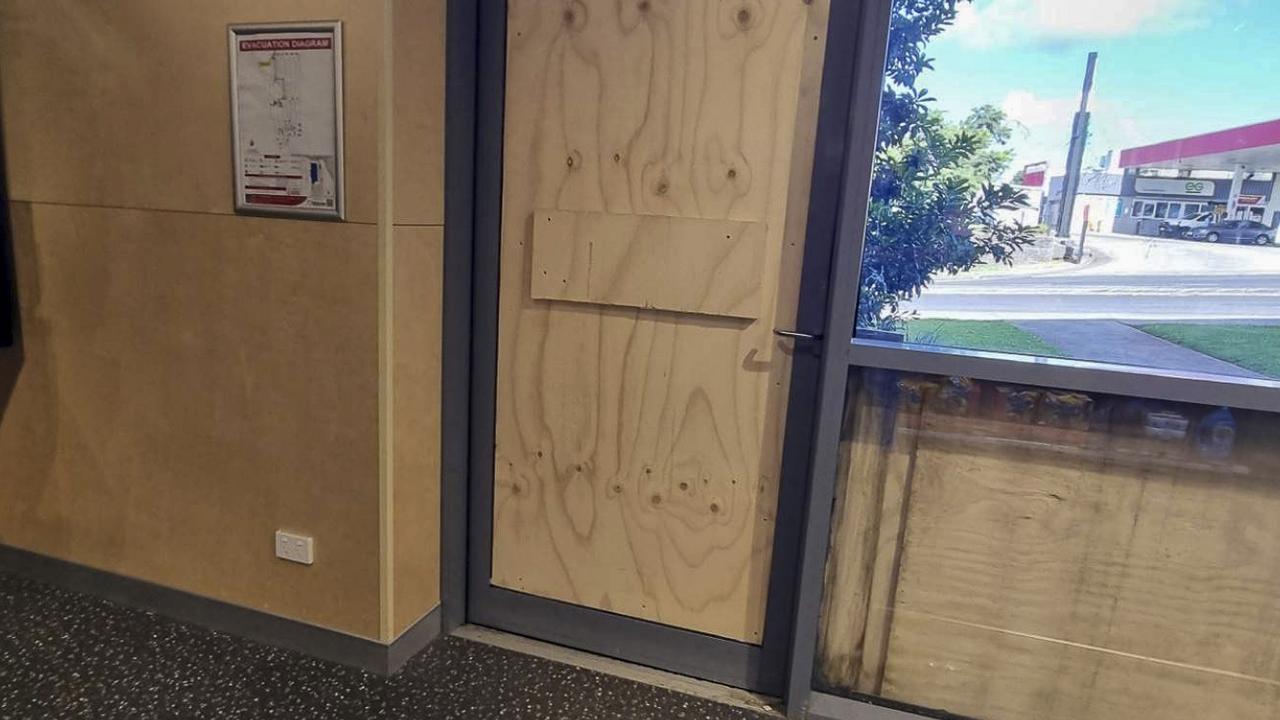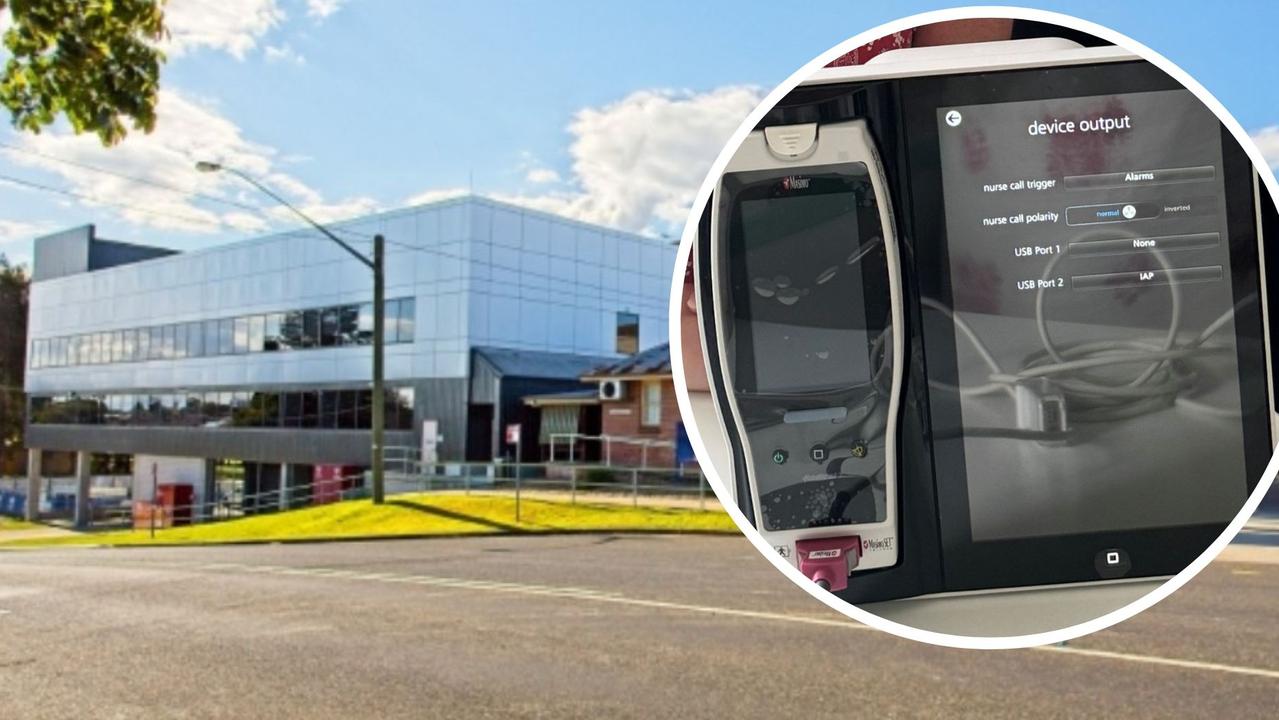Rous’ plan in detail: Where will the water come from
Demand for water in the area will be higher than the supply by 2024.
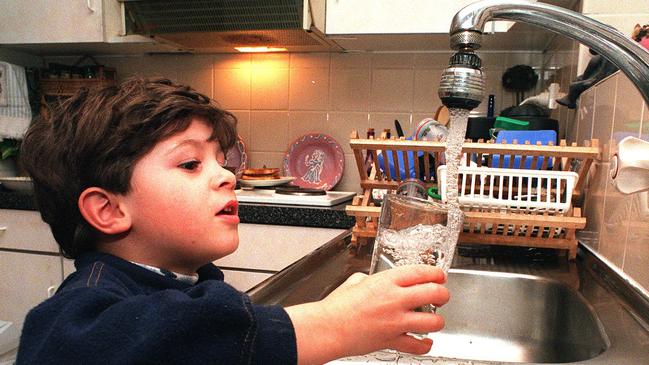
Ballina
Don't miss out on the headlines from Ballina. Followed categories will be added to My News.
The Future Water Project 2060 includes a new plan for underground water extraction on the Northern Rivers.
After the Dunoon dam was shelved by Rous councillors at the December 2020 meeting, a new plan was needed to secure water delivery to Byron, Ballina, Lismore and Richmond Valley.
The new plan is divided in three stages, and it is a mix of water conservation measures, use of underground water from different areas, and other technologies.
Currently, the four shires get their water from Rocky Creek Dam, Emigrant Creek Dam and the Wilsons River.
But since NSW Government estimates that demand for water in the area will be higher than the supply by 2024, Rous chair Keith Williams said the need for a new action plan was urgent.
"The population growth will drive up demand to a point that we will have to have some additional water," he said.
"Our rainfall supply constantly declines because of climate change, and under the State Government rules, 2024 is when we need to be adding extra supply."
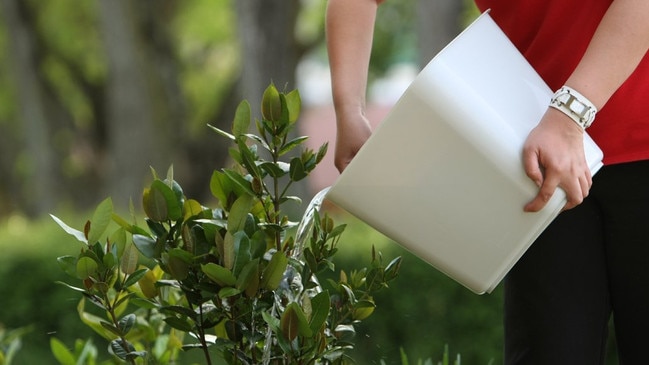
Water saving measures
The key to saving water is having a good idea how much water has been lost, so smart metering is essential to this.
Once smart meters are rolled out across the area, residents will be able to identify if they are losing water through leaking.
Current 2021 average use of water in the Northern Rivers is 195L per person a day, and the usage reduction target was set by Rous at 160L per person a day.

Stage 1: 2020-2021
Besides using less water, we still need to find new water for domestic use.
Between now and 2025, Rous is planning to move four existing bores in the Alstonville Plateau to areas where they can dig deeper and not affect water supply for local farmers.
Mr Williams said extraction of water in Alstonville was part of the original water plan, to provide extra water to the area while the Dunoon dam was being built.
Now that the dam has been shelved, the extra water is still needed while alternative solutions are implemented.
Water from the plateau will mostly cater for the needs of domestic users in that area.
Water extracted from aquifers in Woodburn would be used only if the area goes back to drought and water restrictions are imposed.
Mr Williams said water from Woodburn can only be distributed in the Woodburn and Evans Head area.
"We can't pump it back up to Lismore, and that's the limitation with all these schemes," he said.
If rain is so scarce the area goes into Level 5 restrictions, Rous plans to use Rocky Creek Dam's 'dead storage' to cater for inland communities plus the purchasing of temporary desalination plants that will cater for coastal areas.
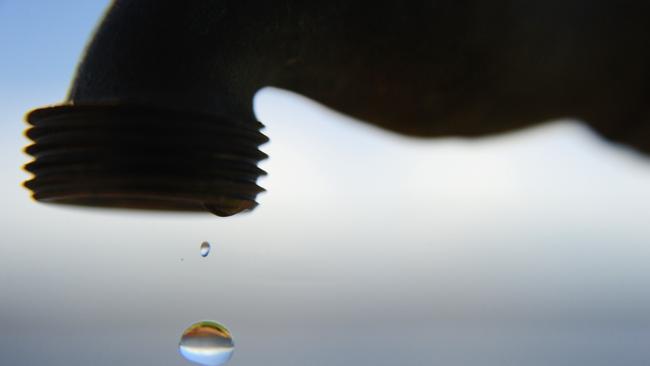
Stage 2: 20206-2029
Mr Williams explained the second phase of the plan includes a smaller version of the original Tyagarah Groundwater Scheme, with only some bores located near the airstrip, within Crown land.
"Because of the growth in population in Byron Shire, it makes sense to do some version of Tyagarah Groundwater Scheme to start with," he said.
"It was originally going to be a dozen or 15 well heads with pipeworks all going into one treatment plant, but this is now just proposed as four bores, spread into a much smaller area, less environmental impact, and taking less water," he said.
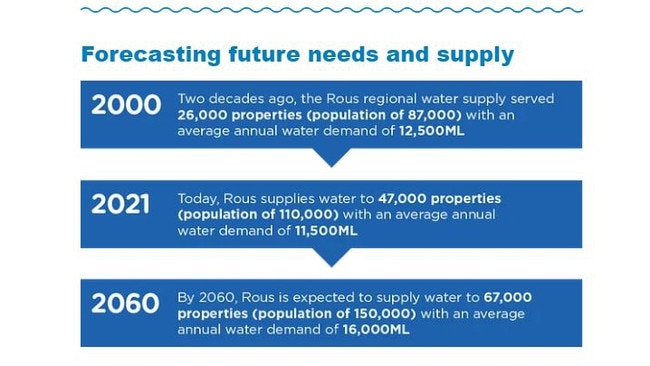
Stage 3: 2030-2060
Extra underground water sources in the future could come from extra bores in Tyagarah, Woodburn or even Newrybar.
Other options for the future is the use of a permanent desalination plant in the Byron Shire.
Desalination was not deemed financially feasible in the Ballina Shire.
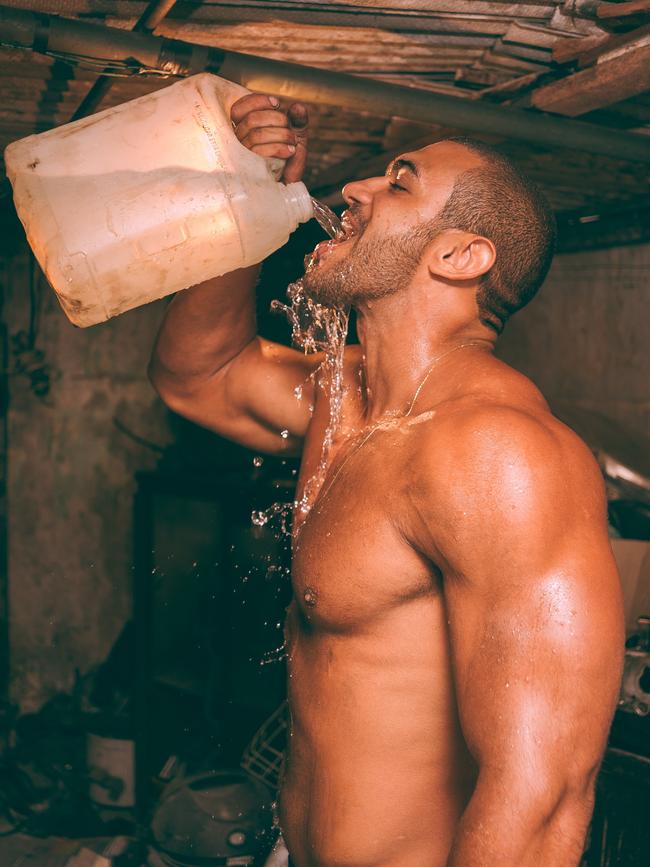
The Future Water Project 2060 is on public exhibition by Rous County Council until May 28.
Originally published as Rous’ plan in detail: Where will the water come from

